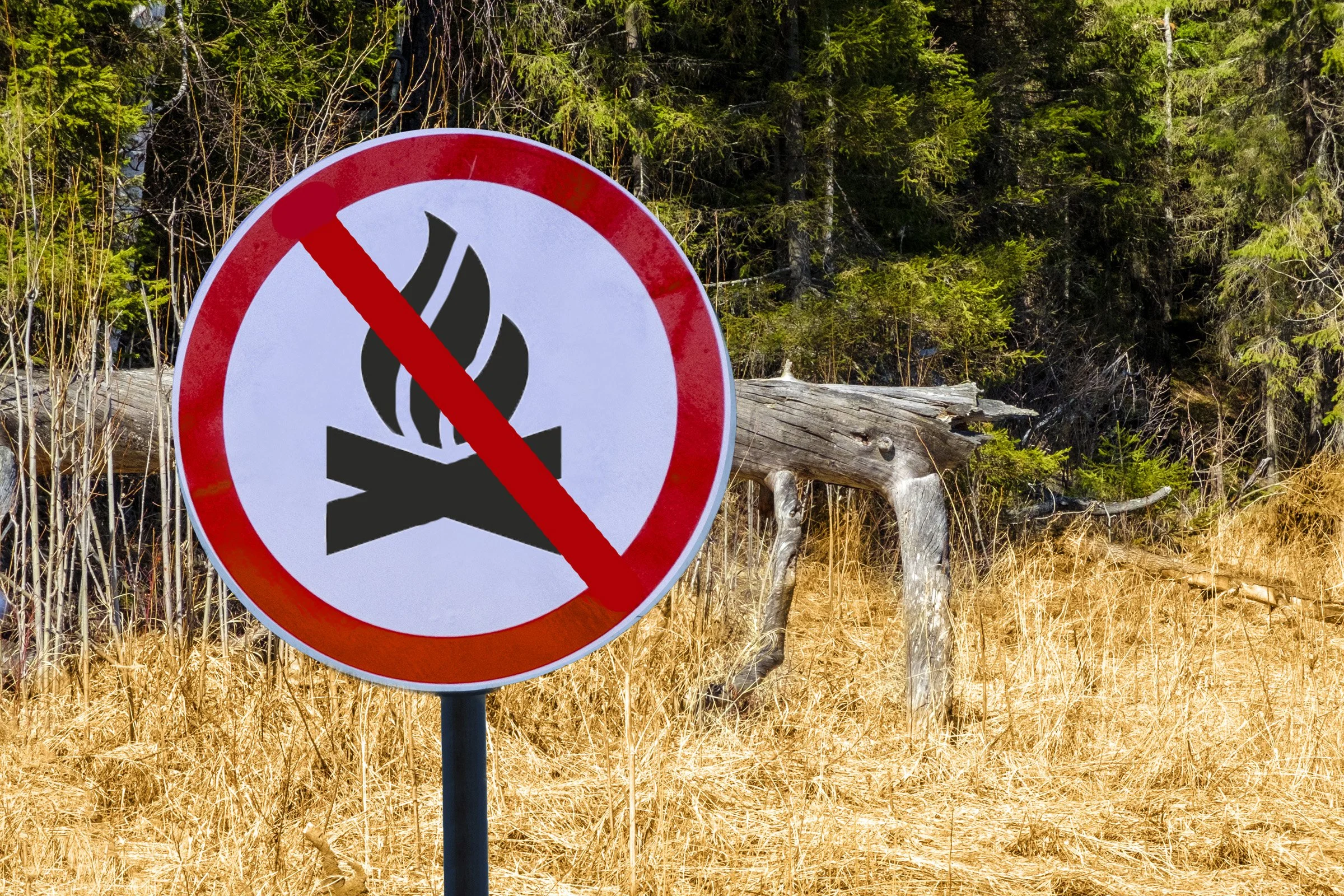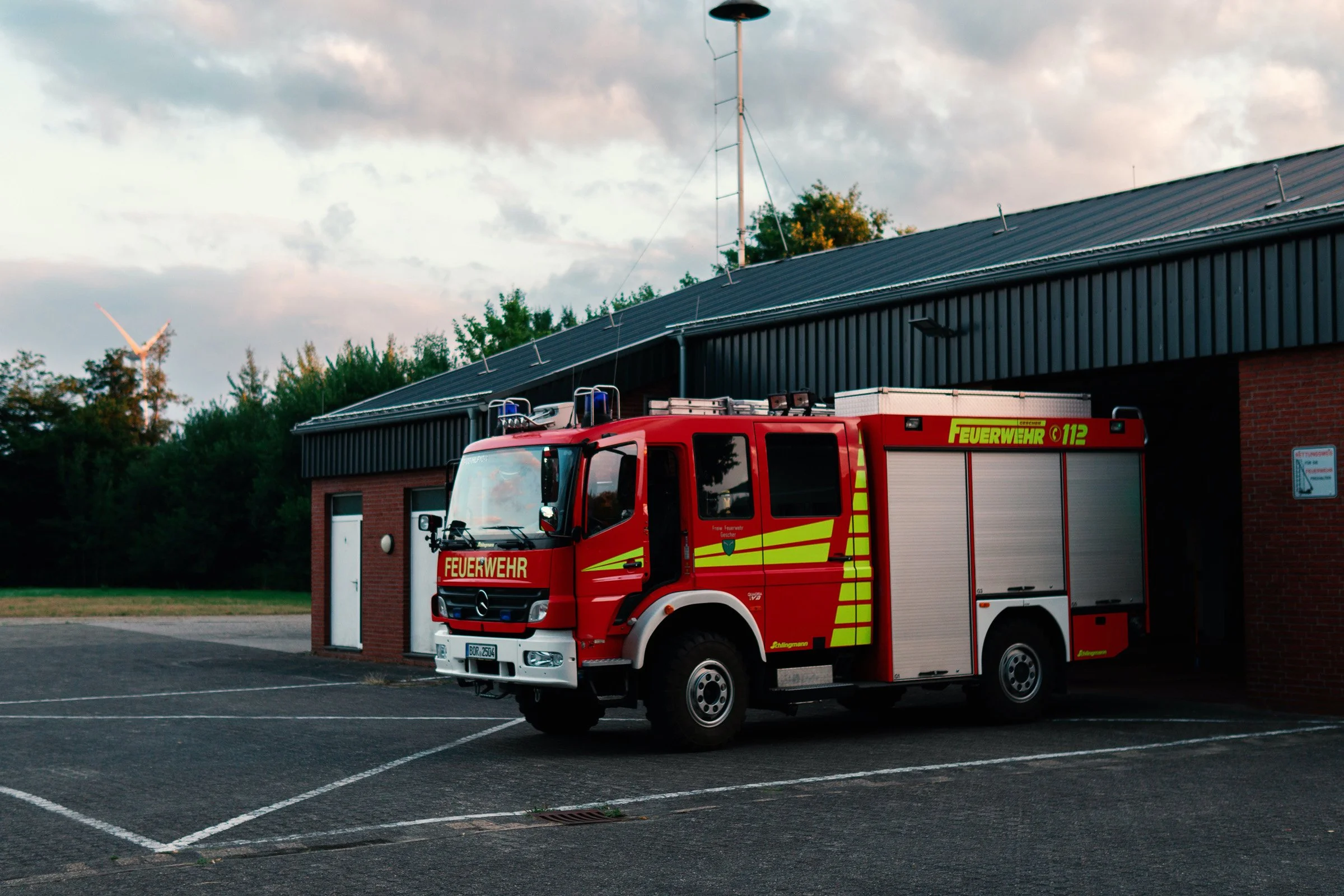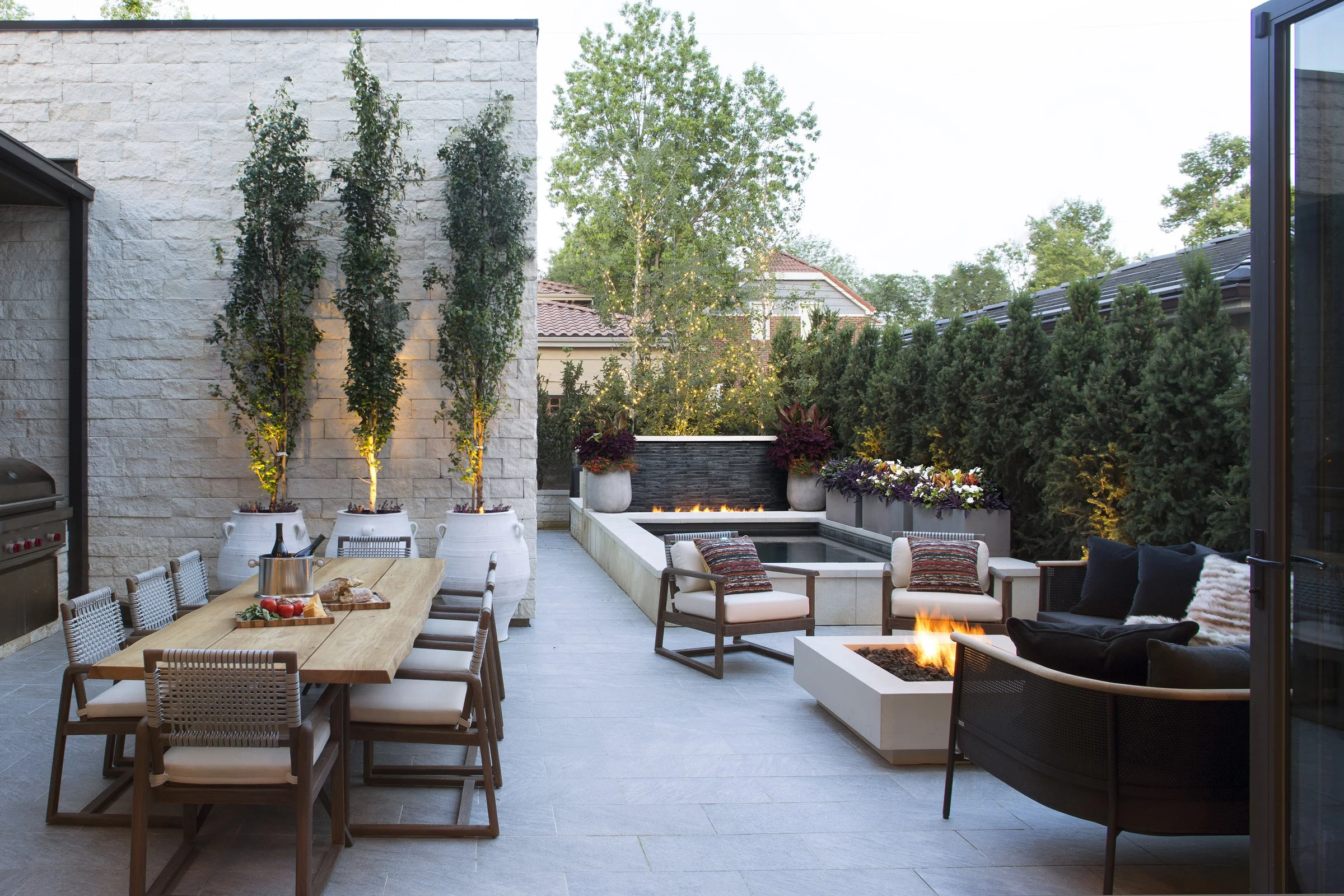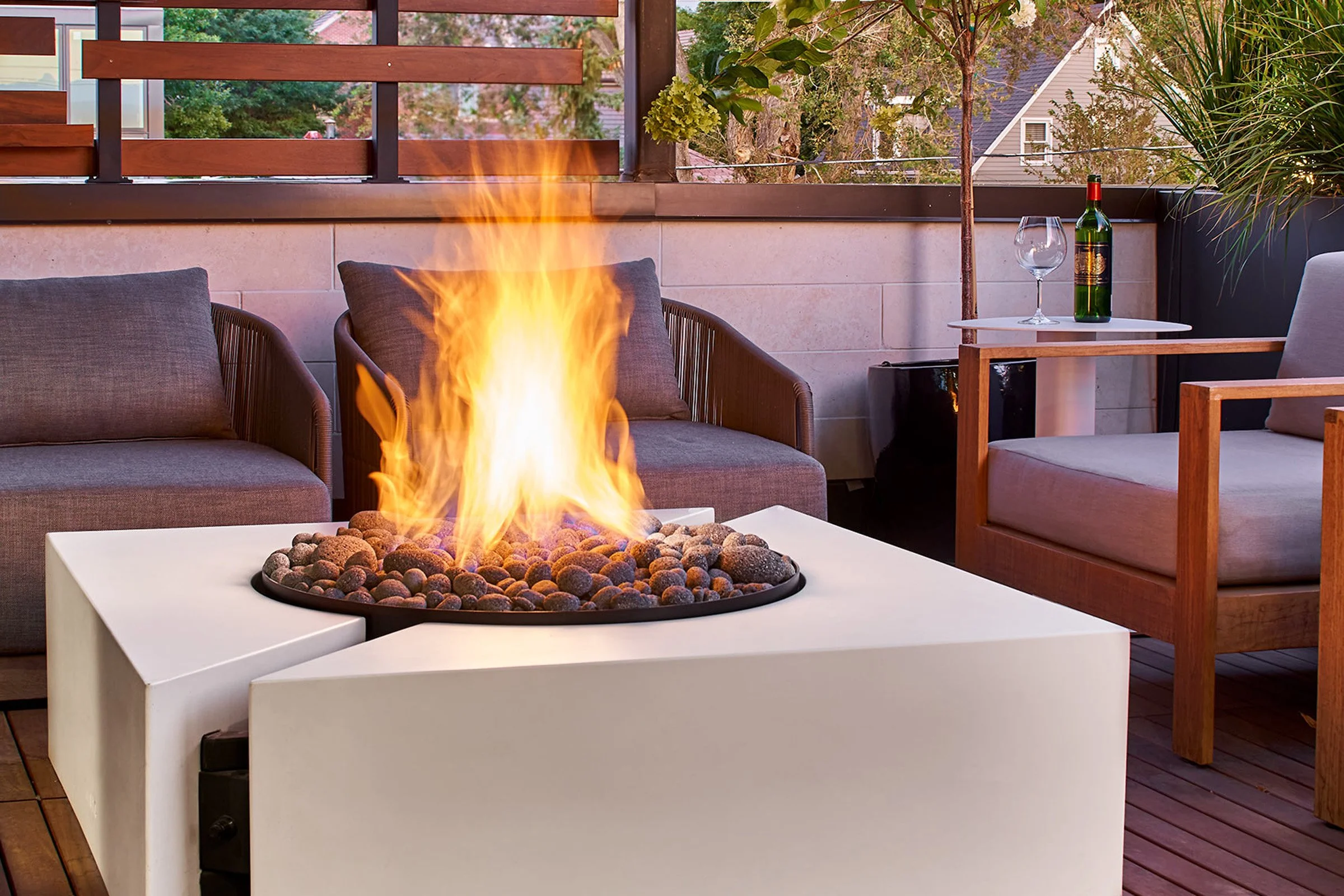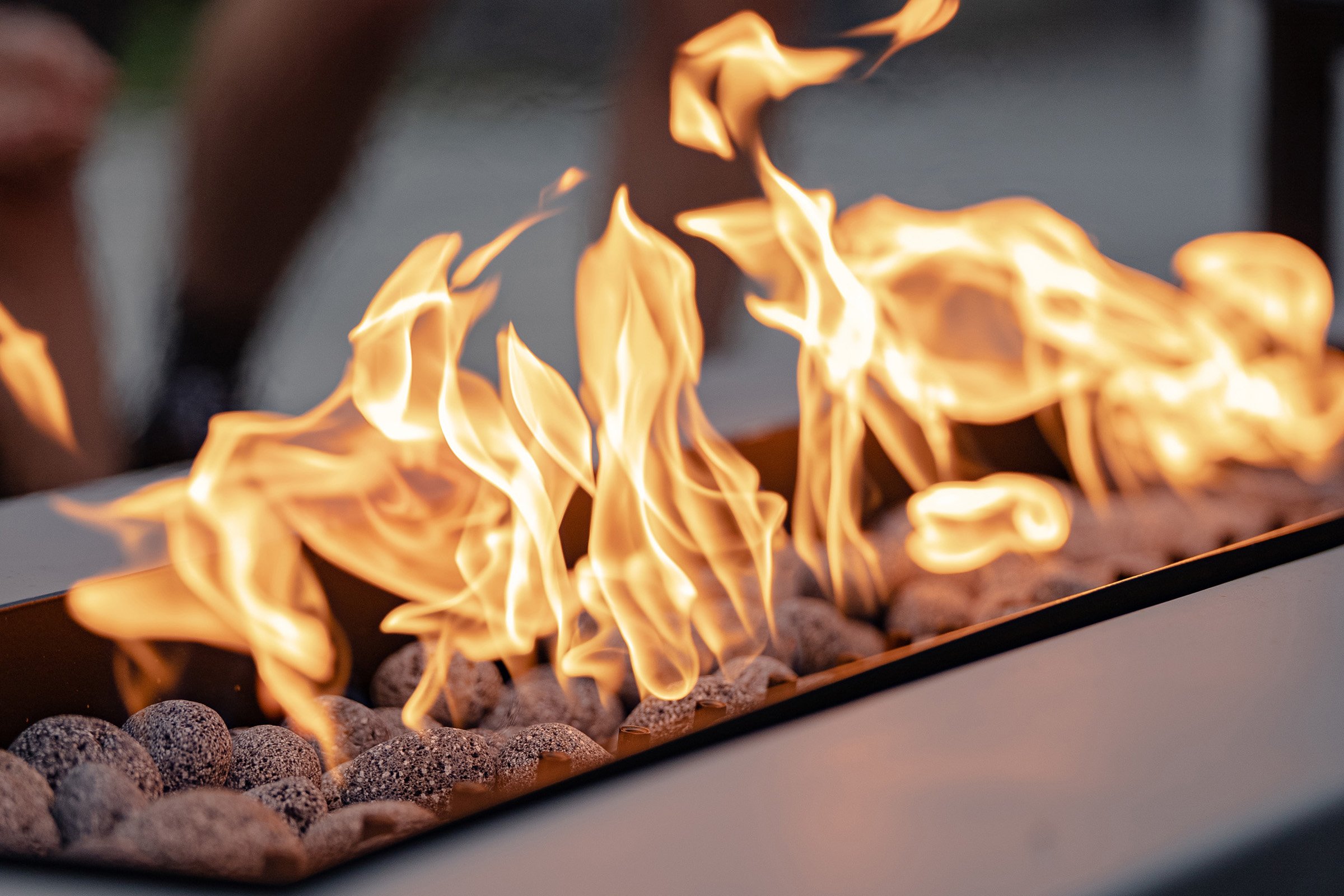Choosing the Right Fire Pit for Burn Ban Areas
The Quick Answer
If you live in a burn ban area and want the warmth and ambiance of a fire pit, consider gas or propane fire pits. These produce a controlled flame with reduced smoke, often aligning with burn ban guidelines. Always follow local regulations and stay updated on burn ban statuses. By making an informed choice, you prioritize both community safety and environmental protection.
What is a Burn Ban?
A burn ban is a legally imposed restriction on open burning activities within a specific area, often due to environmental and safety concerns.
These bans are typically enforced when conditions make open fires a potential hazard, such as:
Prolonged dry spells
High winds
Poor air quality
Burn bans can be temporary, lasting until hazardous conditions subside, or they can be more permanent, especially in areas prone to wildfires or with chronic air quality issues. Be aware of and respect these bans to ensure community safety and protect the environment.
What is the Purpose of a Burn Ban?
Burn bans serve multiple functions in preserving both safety and environmental health. Primarily, they act as a preventive measure against the outbreak of wildfires, especially in regions with dry conditions or during drought periods.
Wildfires can result in significant property damage and can devastate ecosystems. Additionally, open fires release pollutants into the air, affecting air quality. During certain times, especially when atmospheric conditions trap smoke close to the ground, this can lead to health issues.
Burn bans help in conserving resources, as local fire departments can become overwhelmed during high-risk periods. These bans are a proactive approach to protect communities and the environment from the risks associated with open fires.
Sources to Determine Burn Ban Areas
Local Fire Departments: This is often the primary source for burn ban information. Fire departments monitor conditions and issue or lift bans accordingly. Their websites or direct communication channels typically provide up-to-date information.
Online Platforms and Apps: Several dedicated platforms, like burn ban alert apps, offer real-time notifications and updates on burn bans across various regions.
Community Notifications: Local governments or community associations may have bulletin boards, email lists, or automated call systems to inform residents of burn bans.
Public Signs: In areas prone to wildfires, road signs or electronic billboards will sometimes indicate the current burn ban status.
Different Levels of Burn Bans
The specifics of burn bans can vary considerably from one region to another. In general, authorities establish different levels or stages of burn bans based on the severity of conditions and the associated risks.
An initial level might impose only mild restrictions, possibly limiting certain types of open burning while allowing others under controlled circumstances. As conditions worsen or the risks heighten, higher levels could prohibit all forms of open burning entirely.
The goal is a balance between allowing recreational and necessary burning activities and ensuring safety. It's always important to familiarize yourself with the local guidelines to understand the burn ban levels in your area.
Suitable Fire Pit Options for Burn Ban Areas
In burn ban areas, the choice of fire pit is crucial not just for compliance with local regulations, but also for ensuring safety and minimizing environmental impact. Two popular options stand out for their compatibility with most burn ban guidelines:
Gas Fire Pits: These operate on natural gas, delivering a clean and consistent flame. An added benefit is that they don't produce the smoke and ash commonly associated with wood-burning pits. They can be permanently installed, tapping into a home's natural gas line, or they might be portable, using refillable tanks. The flame's intensity is usually adjustable, allowing for both ambiance and warmth.
Propane Fire Pits: Like their gas counterparts, propane fire pits offer a smokeless burning experience. They are typically more portable since they operate on propane tanks, which can be easily exchanged or refilled. This makes them a favorite for those who like to rearrange their outdoor settings or for those without a natural gas hookup.
Both gas and propane fire pits provide the allure and ambiance of a traditional fire, without many of the drawbacks that wood fire pits provide.
Design and Aesthetics
A fire pit is not just a functional element, it's also an aesthetic centerpiece for many outdoor spaces. Whether you're considering a custom fire pit or a round fire pit, the design should blend seamlessly with your outdoor decor.
Modern fire pits come in various styles, from sleek and contemporary to rustic and traditional. Material choices, such as metal, concrete, or stone, can influence the fire pit's look and feel.
The shape and size should complement the available space, ensuring the fire pit becomes an integrated part of the setting. By harmonizing functionality with design, you can ensure your fire pit serves as both a safe heat source and a stylish focal point.
FAQs
Are gas and propane fire pits allowed during burn bans?
Typically, gas and propane fire pits are more likely to be permitted during burn bans than wood-burning pits. This is because they produce a controlled flame and emit minimal smoke. However, always check local regulations, as restrictions can vary.
How can I be sure my fire pit is compliant with local burn ban regulations?
It's important to check with local fire departments or governing bodies. They can provide specific guidelines on what types of fire pits are permissible during burn bans and any additional safety measures required.
Do I need a special permit to use a fire pit during a burn ban?
Depending on the severity of the burn ban and local regulations, some areas might require residents to obtain a special permit, even for gas or propane fire pits. Always check with local authorities ahead of time.
How often should I check for burn ban updates?
It's a good idea to check for updates as often as possible, especially during dry seasons or periods of high fire risk. Local fire department websites, community bulletins, or dedicated apps can provide real-time status.
What safety precautions should I take when using a fire pit in a burn ban area?
Apart from choosing a compliant fire pit, make sure it's placed away from flammable materials, monitored at all times when lit, and fully extinguished after use. It’s a good idea to keep a fire extinguisher and water source close by just in case.
Conclusion
Navigating the complexities of burn bans while maintaining the allure of a backyard fire pit can seem challenging. However, with the right information and choices, it's entirely feasible. By understanding burn bans, their purposes, and the varying levels of restrictions, you can make informed decisions about using fire pits in affected areas.
Gas and propane fire pits are generally suitable options due to their controlled flames and reduced smoke emissions. Coupling this with a design that complements your outdoor space ensures both safety and style.
Always remember to check local guidelines and prioritize the well-being of the community and environment. Enjoy the warmth and ambiance responsibly, and let your fire pit be a source of safety and comfort.

